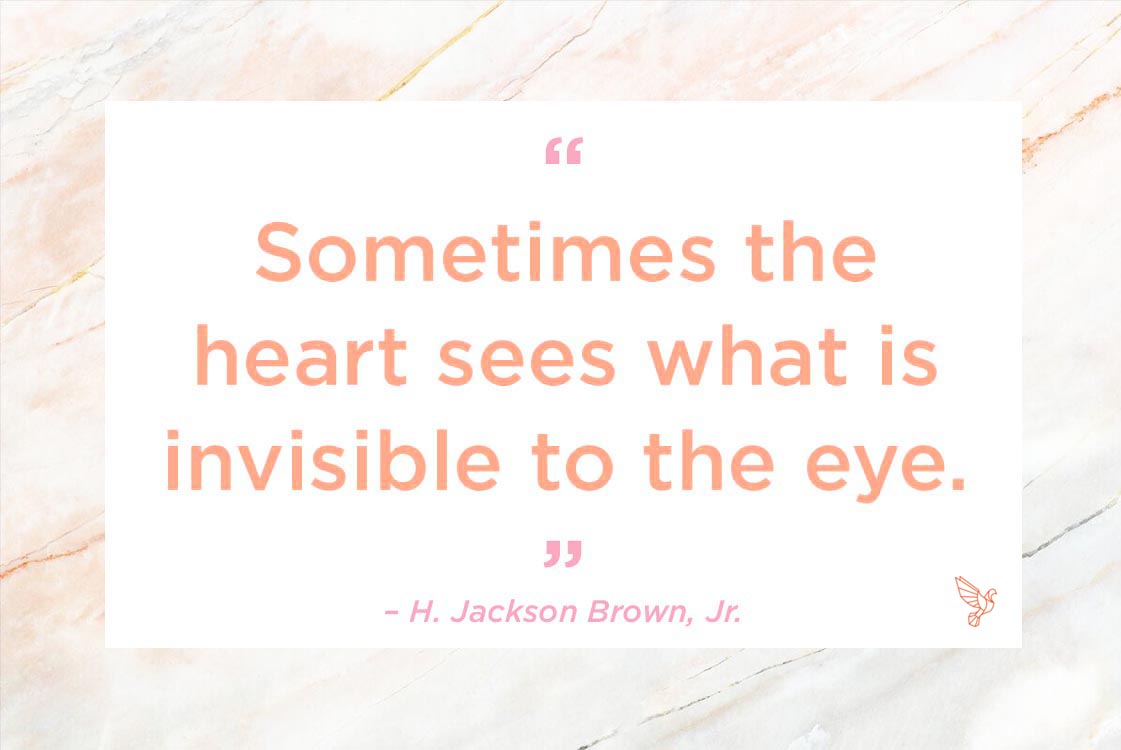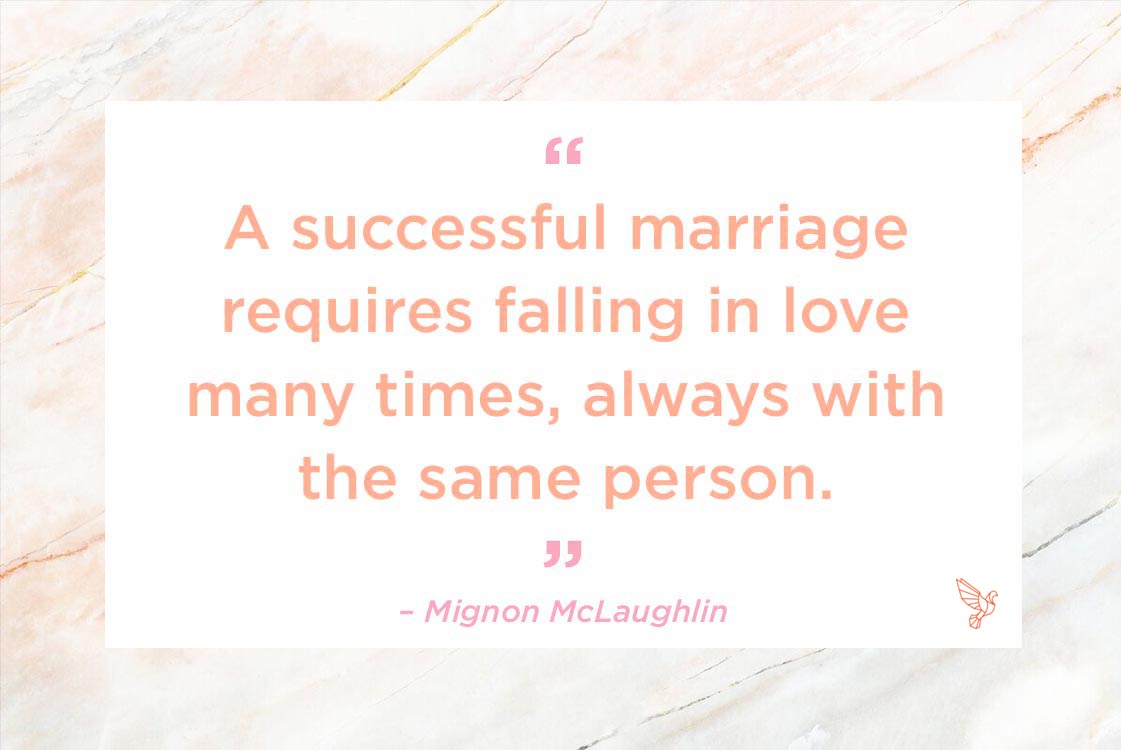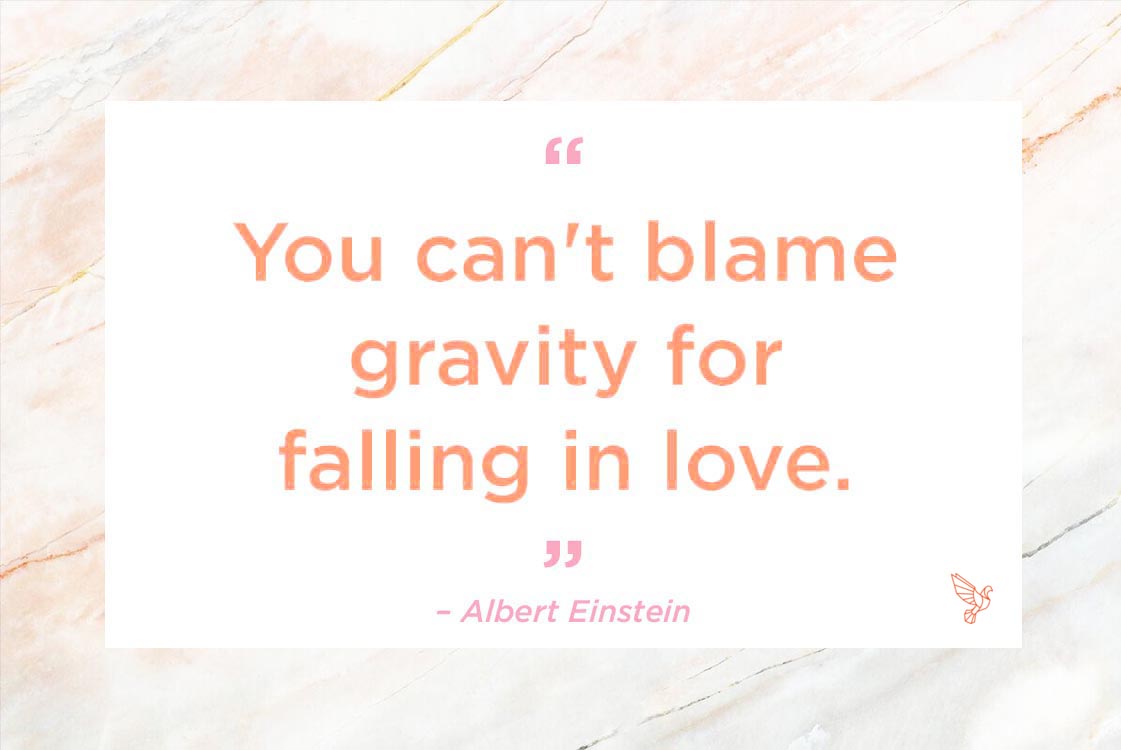While there’s no better way to show someone you care than with an act of love, sometimes words can go a long way. This post is all about love quotes that bring a smile to your face, make you think, and maybe even a few that make you laugh. Enjoy this Valentine’s Day love quote round-up of inspirational voices from the web, as well as Bulletproof Radio thought leaders, that will tickle your heart. Go on, share one of these with your true love today.
The goal is to last, to be stronger, and to not compromise the self in the context of a connection. – Esther Perel
Science is not only a disciple of reason but, also, one of romance and passion. – Stephen Hawking
I think lovemaking is a lost art. – Pedram Shojai
When you are courting a nice girl, an hour seems like a second. When you sit on a red-hot cinder, a second seems like an hour. That’s relativity. – Albert Einstein
Let us always meet each other with a smile, for the smile is the beginning of love. – Mother Teresa
Sometimes the heart sees what is invisible to the eye. – H. Jackson Brown, Jr.
We all have relationship issues that we’re going to need to work on. All of us. It’s just part of human nature. The only question is going to be with whom. – Esther Perel
A successful marriage requires falling in love many times, always with the same person. – Mignon McLaughlin
We need love. We need loving relationships. It doesn’t have to be a marriage. But sex is the most healing thing you can do to your body. – John Gray
The meeting of two personalities is like the contact of two chemical substances: If there is any reaction, both are transformed. – C.G. Jung
Let the beauty of what you love be what you do. – Rumi
I choose to see this differently. I choose to see through the lens of love. I choose to practice forgiveness. – Gabrielle Bernstein
May you live as long as you wish and love as long as you live. – Robert A. Heinlein
The good life is one inspired by love and guided by knowledge. – Bertrand Russell
You can’t blame gravity for falling in love. – Albert Einstein
Science is like a love affair with nature; an elusive, tantalizing mistress. It has all the turbulence, twists and turns of romantic love, but that’s part of the game. – Vilayanur S. Ramachandran
All you need is love. But a little chocolate now and then doesn’t hurt. – Charles M. Schulz
Relationships are the most transformational space, whether it’s with your children, your parents, or your loved ones, because you can’t control the other person. – Neil Strauss
Love is the most powerful form of energy, but science cannot decipher its elements. Yet the best cure for a sick soul is love, but even the most advanced physician cannot prescribe it as medicine. – Suzy Kassem



















